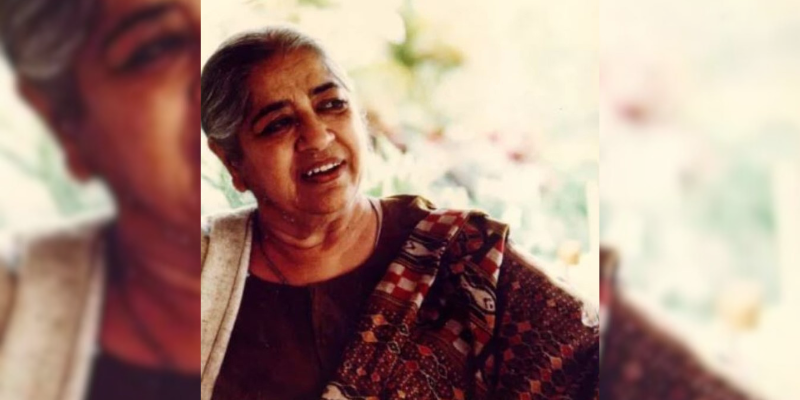Introduction
Pupul Jayakar (1915-1997) was an extraordinary Indian cultural activist, art historian, writer, and advocate for the preservation and promotion of India’s rich cultural legacy. She was instrumental in revitalising traditional arts and crafts, facilitating international cultural interchange, and emphasising the need of maintaining India’s rich cultural heritage through her tireless work and novel concepts. This article focuses on Pupul Jayakar’s notable work, which is divided into numerous subsections that emphasise her contributions and impact. Pupul Jayakar was awarded the Padma Bhushan in 1967 for her contributions to India’s cultural heritage.
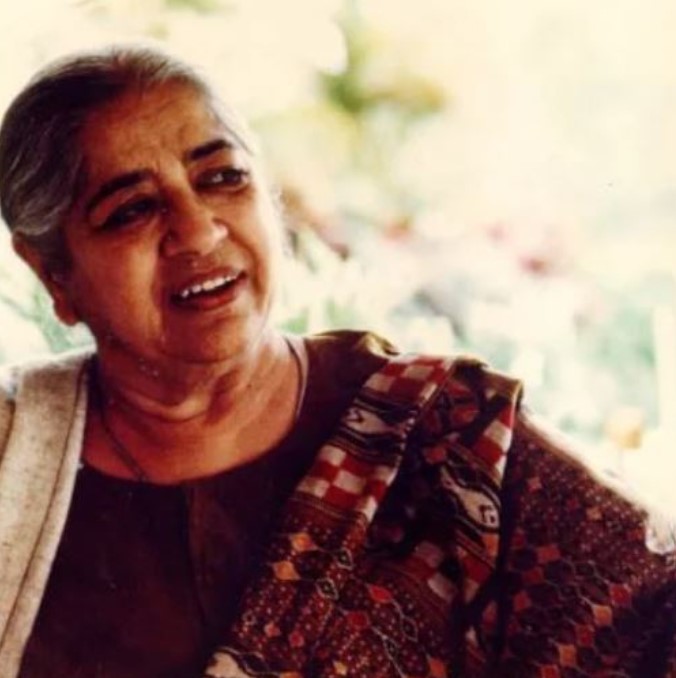 Pupul Jayakar, https://www.omilights.com/
Pupul Jayakar, https://www.omilights.com/
Early Life and Formative Years
Pupul Jayakar was born in Etawah, Uttar Pradesh, India in 1915 to a liberal intellectual father and a Gujarati Brahmin mother. Her family travelled extensively in India, learning about native crafts and traditions. Jayakar went to school in Banaras, where theosophist Annie Besant was prominent in the Indian freedom movement. She afterwards relocated to Allahabad, where she met the Nehru family and became acquainted with Indira Priyadarshini, Jawaharlal Nehru’s daughter. She graduated from the London School of Economics and Political Science and studied journalism from Bedford College, London.
Jayakar began her career as an assistant secretary in Prime Minister Jawaharlal Nehru’s National Planning Committee. Jayakar’s personal life was filled with upheavals. She was frequently accused of being a torchbearer for the Nehru-Gandhi family and a member of a “coterie.” yet her achievements were notable. She married lawyer Manmohan Jayakar in 1937 and relocated to Bombay. Her spouse was appointed as the ACC’s government representative in Delhi in 1948. Around this time, Pupul worked on two fronts, spending her time between Bombay and Delhi: in Delhi, she built a lovely home and reestablished her contacts with the government; in Bombay, she worked at the emporium and became a part of the fabric of her maternal home. Pupul was appointed to the All-India Handicraft Board in 1952, shortly after it was founded by Kamaladevi Chattopadhyay.
She is most recognised for her attempts to revitalise India’s ailing handloom industry and improve the lives of handloom employees. Pupul was appointed as organising secretary of the Kasturba Gandhi National Memorial Trust’s Mumbai central office by Mridula Sarabhai in 1944. The trust’s executive committee secretary, opposed to Pupul’s selection. Despite this setback, Pupul remained active with the trust and acted as Mridulaben’s mentor. Jayakar was well-known for popularising Indian art, culture, and heritage through supporting festivals across nations. She was an outspoken supporter of Indian handicrafts and the executive director and CEO of the Handicrafts and Handloom Corporation of India. In 1982, she was appointed vice-president of the Indian Council for Cultural Relations, and for five years she served as vice-chair of the Indira Gandhi Memorial Trust and as the prime minister’s adviser on art and cultural resources. In 1984 she founded the Indian National Trust for Art and Cultural Heritage (INTACH), an organisation that is now active in restoring and maintaining historic cultural buildings throughout India.
Promotion of Traditional Arts and Crafts
One of Jayakar’s most notable achievements was her advocacy of traditional Indian arts and crafts. She acknowledged the importance of these crafts not just for India’s cultural inheritance, but also for economic empowerment and long-term development. She worked on many initiatives to establish a venue for artists and crafters to showcase their abilities, ensuring the survival of traditional practices on the point of extinction. While investigating India’s rich artisanal history and talents, she realised that colour is life and that rural craftsmen utilise old techniques such as indigo, alizarin, madder, and roghan.
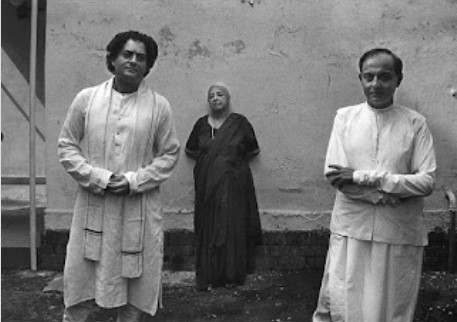 Rajeev Sethi, Pupul Jayakar & Martand Singh, Image Courtesy: Raghu Rai via Business Standard, https://dillikidiva24.blogspot.com/
Rajeev Sethi, Pupul Jayakar & Martand Singh, Image Courtesy: Raghu Rai via Business Standard, https://dillikidiva24.blogspot.com/
Revival of Handicrafts and Cottage Industries
Pupul Jayakar’s work ensured the sustainability of weaving, handlooms, and handicrafts in post-independence India and promoted the cause worldwide. Jayakar believed that revitalising India’s handicrafts and cottage industries was crucial to preserving the integrity of Indian culture. She was a driving force behind the establishment of organisations such as the All-India Handicrafts Board and the Central Cottage Industries Emporium, both of which sought to promote and market traditional crafts to a wider audience. These programmes not only benefited the livelihoods of artisans but also assisted in the revival of disappearing art forms. Jayakar went extensively across India in order to research and discover traditional handicrafts and art forms. When Jawaharlal Nehru asked her to assist in establishing a sustainable industry for Indian textiles in 1950, she began researching about textiles and handlooms. As a result, in 1958, she founded the Handloom and Handicrafts Export Corporation of India (HHEC).
International Engagement and Cultural Diplomacy
As Prime Minister Indira Gandhi’s cultural advisor, Jayakar was instrumental in encouraging cultural interaction and worldwide understanding. She organised events such as the Festival of India in the United Kingdom (1982) and the Festival of India in the Soviet Union (1987), which aimed to emphasise India’s distinct cultural heritage and promote cross-cultural understanding. Pupul was inspired by her visit to Charles and Ray Eames’ home and studio in California when she assisted Edgar Kaufmann Jr. and Alexander Girard in Bombay for an exhibition on Indian craft design to be held at the Museum of Modern Art (MoMA).
In the West, Jayakar was best known for organising Indian arts festivals in France, the United States, and Japan in the 1980s, which popularised Indian cultural achievements. She also had a huge influence within the country, encouraging the revival of Indian talents like as weaving, handicrafts, and village art. She made connections with well-known designers like Pierre Cardin. Jayakar invited the French designer to India to experiment with and combine traditional Indian materials into his designs as a synthesis of texture, colour, and design. This resulted in the formation of design and fashion institutions in India, reflecting the country’s rich cultural past.
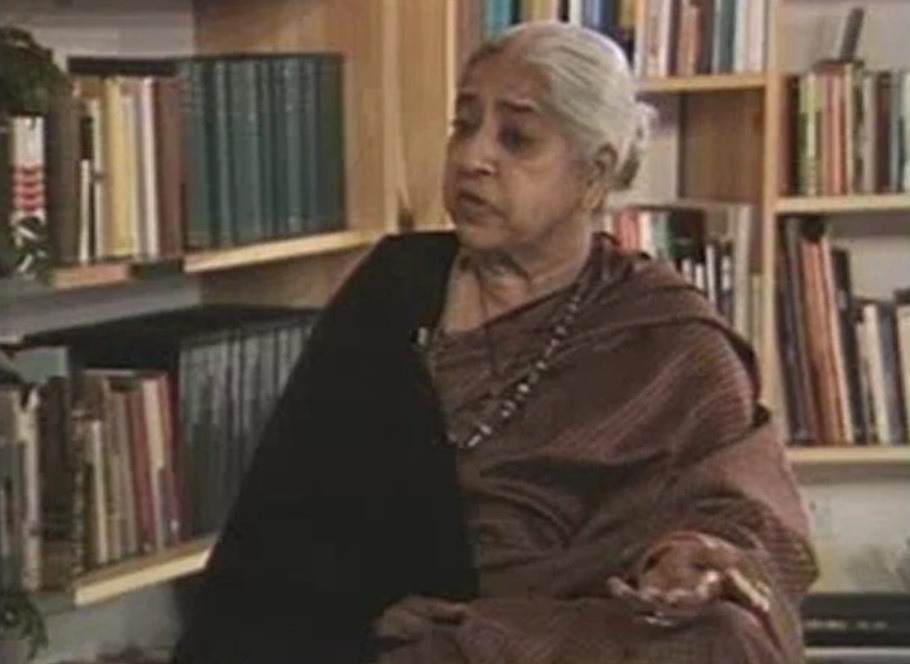 Pupul Jayakar, https://alchetron.com/
Pupul Jayakar, https://alchetron.com/
Education and Public Awareness
Pupul’s public presence began with her connection with Mridula Sarabhai, a well-known Gandhian and freedom fighter. She was appointed secretary to a committee formed by Jawaharlal Nehru and Subhash Bose to explore the role of women in a planned economy in 1940. Women’s Role in a Planned Economy (WRPE) was a National Planning Committee (NPC) subcommittee founded in 1938. Pupul helped Mridula write the NPC’s final report. Jayakar was a talented writer and public speaker who utilised her platforms to teach and raise awareness about the need for cultural preservation.
Books & Publications
Jayakar returned to India and started a children’s magazine before entering politics as an adviser to Congress politician Mridula Sarabhai. She has also authored several books on textiles, terracotta, and rural crafts, as well as two biographies namely, J. Krishnamurti: A Biography and Indira Gandhi: An Intimate Biography. She co-wrote the catalogue prologue for the Museum of Modern Art’s exhibition “The Textiles and Ornamental Arts of India”. Her early stories, influenced by their oral culture and romanticism, show subjugated peasants in mediaeval territories. Her intimate friendship with Indira Gandhi, who confided in her about her death during the Operation Blue Star event, impacted Jayakar’s work majorly.
Legacy and Persistent Influence
Pupul Jayakar, a social worker, writer, and politician, had been a member of the Congress party since 1941 and knew Gobind Vallabh Pant and Jawaharlal Nehru, two of her father’s acquaintances. She was active in the resettling of Sindh refugees and had a lengthy history of rural social work. Pupul was a cultural icon in Bombay. Her proximity to three successive prime ministers, Jawaharlal Nehru, Indira Gandhi, and Rajiv Gandhi, as well as her role as cultural adviser to the latter two, helped to solidify her cultural hegemony. She ruled the country’s cultural landscape for almost 40 years.
Pupul was a key figure in the women’s movement during India’s independence fight from Britain. During Mrs Gandhi’s rule, her friendship with Nehru’s daughter, Mrs Gandhi, enabled her to assume a dominant and challenging position in the nation’s cultural affairs. She met philosopher J. Krishnamurti in 1948 and helped establish the Krishnamurti Foundation in India and across the world. Pupul built a profitable venture by designing, selling, and marketing smart set products, channelling her artistic intuition into a viable commercial endeavour. Her legacy continues to have an influence on cultural preservation and advocacy in India and beyond. ”I can look back with satisfaction that I have lit a few lamps in this country,” Jayakar mentioned a few months before her death in an interview.
Pupul Jayakar’s works and initiatives have inspired generations of people to reconnect with their roots and see the need of preserving indigenous knowledge and customs. Her innovative ideas, dedication to grassroots development, and dedication to the preservation of traditional arts have left an indelible mark. Pupul Jayakar became regarded as India’s “czarina of culture”. Her revitalization of India’s second-largest economic sector after agriculture resulted in a significant alteration in the attire and style of the urban lady in India, maybe unwittingly. Handloom sarees were trendy among the chiffon-clad aristocracy!
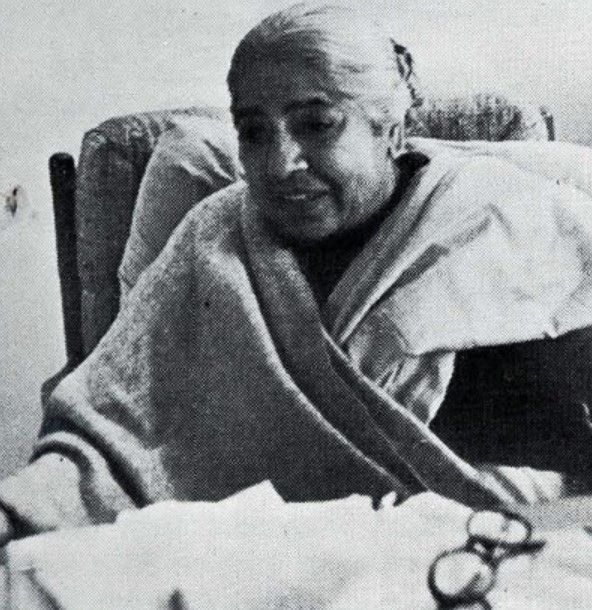 Pupul Jayakar, https://etawahcity.wordpress.com/
Pupul Jayakar, https://etawahcity.wordpress.com/
Conclusion
Pupul Jayakar’s diverse work in cultural restoration, activism, and international involvement altogether demonstrates her great faith in the transformational potential of arts and crafts. Her efforts have had an influence not just on the preservation of India’s cultural history, but also on the worldwide discussion about the value of appreciating and protecting varied heritages of culture. Her life’s work continues to inspire those who attempt to bridge the gap between the past and the future through the lens of art and culture.
References:
Online Articles:
- A Radhakrishnan, 30th December 2022, “Pupul Jayakar (1915-1997). The Craft Catalyst”, One India One People
- “Pupul Jayakar – Life introduction & relation with Indira Gandhi”, 25th August 2022, World Biographies, Omilights
- Radhika Herzberger, 2021, “The other side of Pupul Jayakar”
Websites:
- Penguin Random House India
- Women’s Web, 12th March 2012
- Encyclopedia.com
Read Also:
Ms Laila Tyabji: Reviving and Reinventing Indian Handicrafts Through Dastkar initiative

Contributor

